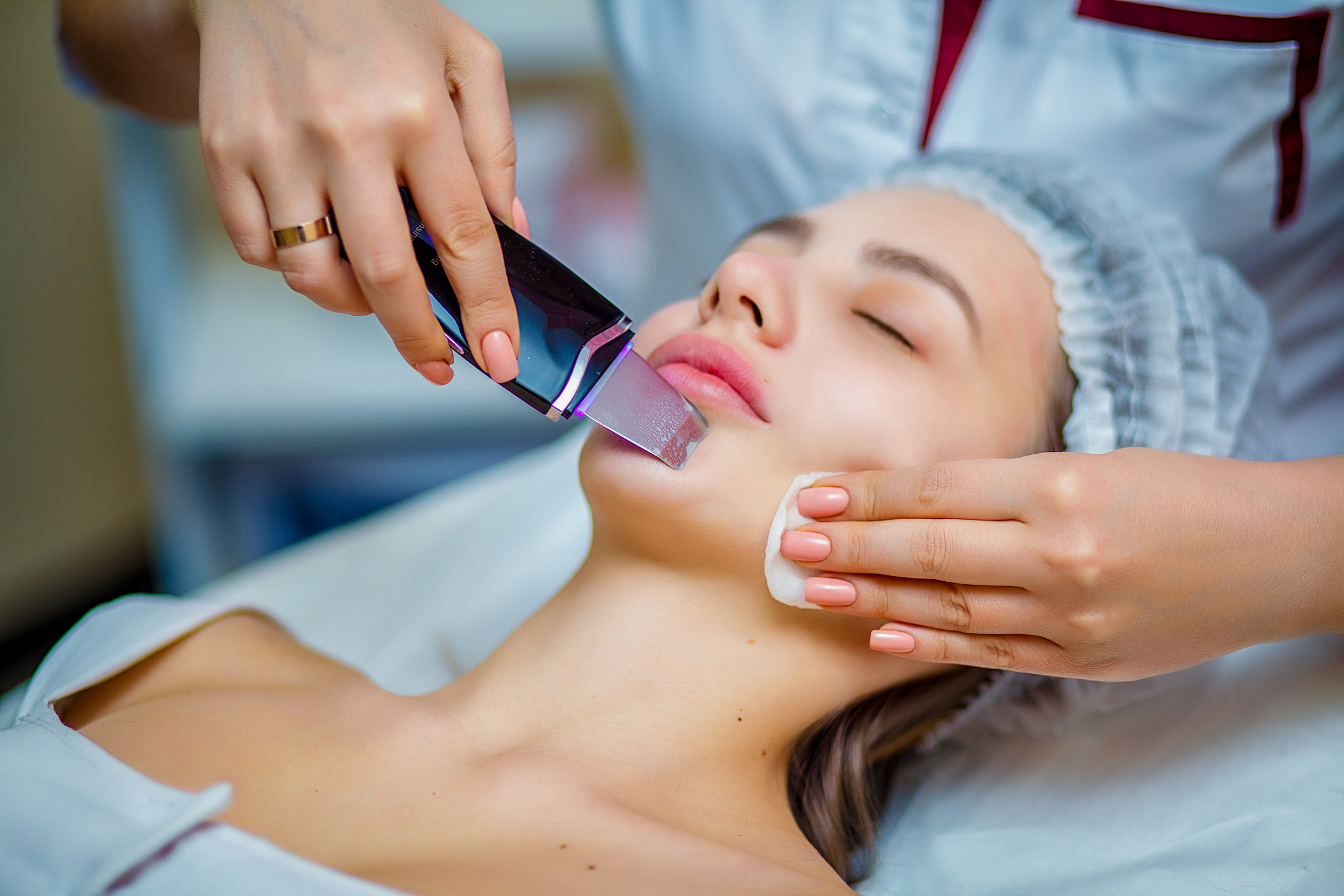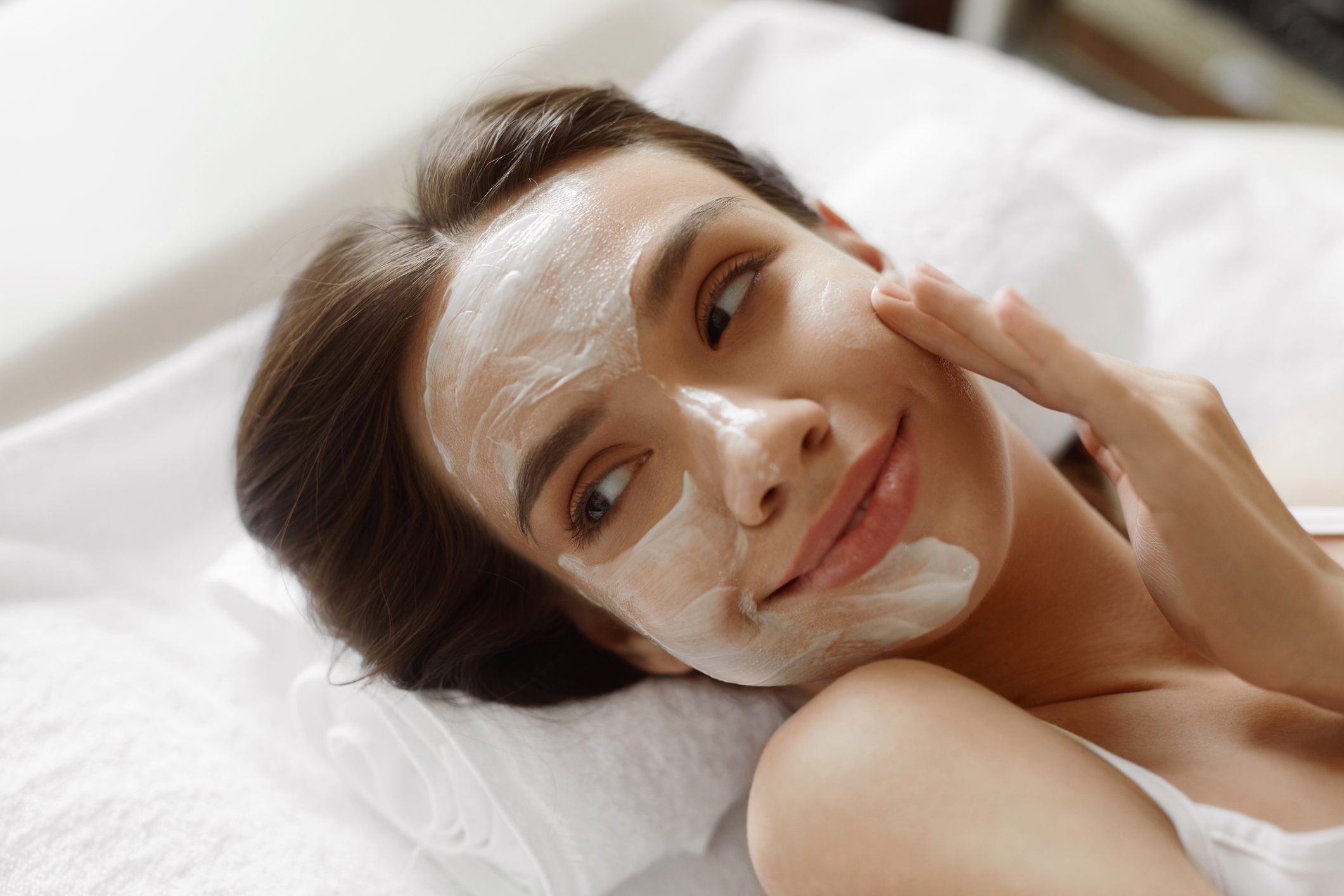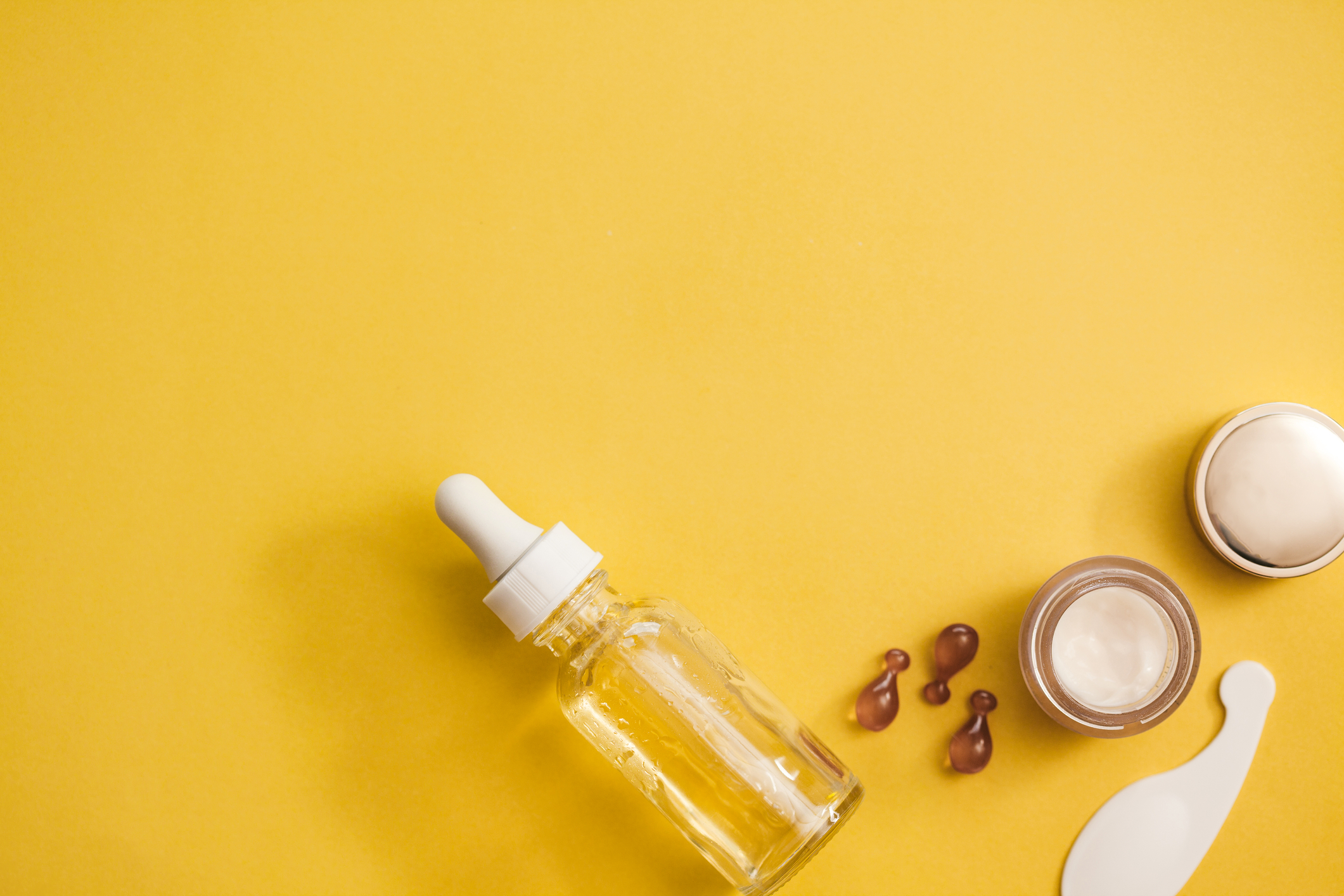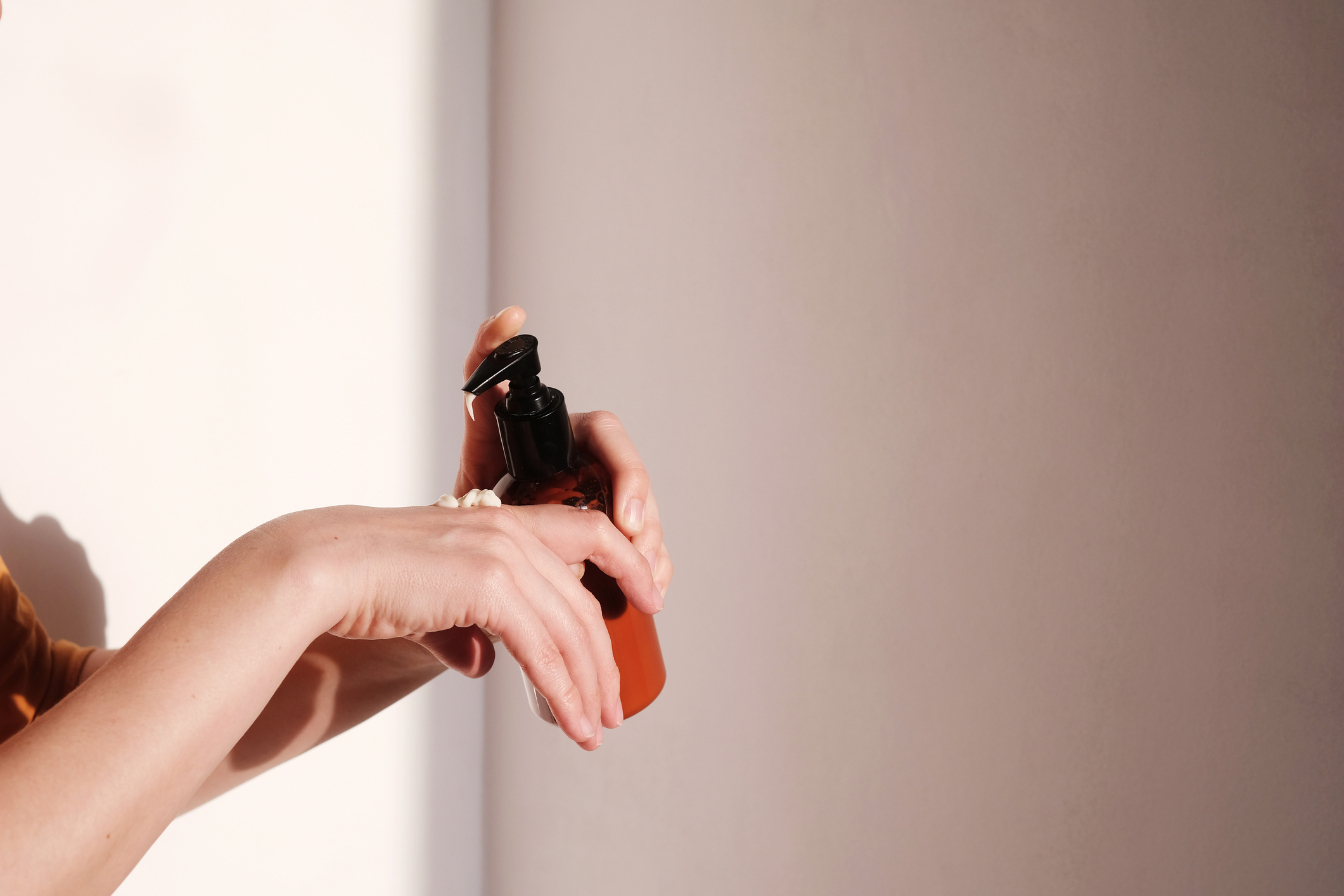Delving into the Heart of Korean Skincare: The Quintessential Five Steps for Flawless Combination Skin
Korean skincare routine typically begins with cleansing, a dual-step process that penetrates deeply into combination skin, removing leftover makeup, dirt, and sebum. First, an oil-based cleanser lifts away oil-soluble impurities while nourishing the skin. Then, a water-based cleanser washes away water-soluble debris. This two-step cleansing method, colloquially known as 'double-cleansing', ensures a thoroughly cleansed and balanced complexion.
For those with combination skin, oil-based cleansers with ingredients such as macadamia nut oil or jojoba oil offer enough hydration without causing excessive oiliness. When it comes to water-based cleansers, it might be helpful to look for those containing tea tree oil or green tea, which may help retain moisture while controlling sebum production. Remember, it’s all about balance—not elimination—of oils.
Exfoliation: Unlocking Your Skin's True Potential

The second step, exfoliation, is crucial in keeping the pores unclogged and improving the skin's absorbency. For combination skin, a chemical exfoliant like AHA (Alpha Hydroxy Acid) or BHA (Beta Hydroxy Acid) might be most beneficial. AHA tends to even out skin texture and lighten pigmentation, while BHA tends to penetrate the pores, thereby helping to reduce enlarged pores and blackheads.
Exfoliating once or twice a week is all that combination skin needs. Any more is likely to disrupt the skin’s natural balance. In most cases, gentle, fruit-based exfoliators are an excellent choice since they help polish without scraping the skin.
Toning: Restoring Your Skin's Optimal Balance

The third cornerstone of a Korean skincare regimen is the toner, which helps restore the skin's pH level after cleansing and exfoliation. For people with combination skin, seeking out toners with hydrating and mattifying ingredients such as hyaluronic acid and witch hazel might prevent certain areas from becoming overly dry or excessively oily.
A well-selected toner can hydrate, soothe, and manage the T-zone while catering to the cheeks' dry patches. Regular usage of an appropriate toner might also help harmonize combination skin gradually.
Serum/Essence: Nutrient-Rich Treatments for Skin

Serums or essences are another key element of a Korean skincare routine. They penetrate deep into the layers of the skin, delivering potent active ingredients. Those with combination skin may benefit from serums that contain niacinamide, which helps brighten the skin and regulate oil, or hyaluronic acid for hydration.
Individuals with combination skin might benefit from using a balanced approach to serum application, considering the different needs of their skin. For areas prone to oiliness, a serum targeting enlarged pores or shushing excess sebum would be helpful. Alternatively, areas of dryness would benefit from a hydrating serum.
Nourishing and Protecting: Moisturizers and Sunscreens

The consistent use of moisturizer and sunscreen is crucial for combination skin and the final stage in the Korean skincare ritual. Equally important as hydration is sun protection, given that UV rays can exacerbate skin concerns. Seek out sunscreens with ingredients like zinc oxide that tend to not irritate the skin and help control the oil content in the skin.
For moisturizers, opting for a dual-action product or applying different moisturizers to different areas of the face can help address the variety of skin concerns in combination skin. Gel-based moisturizers may be optimal for your oily zone, while a cream moisturizer might better suit dry areas. Above all, it may help to remember that consistency in skincare is key. Delivering daily nourishment and protection to your skin is likely to yield the most beneficial results.